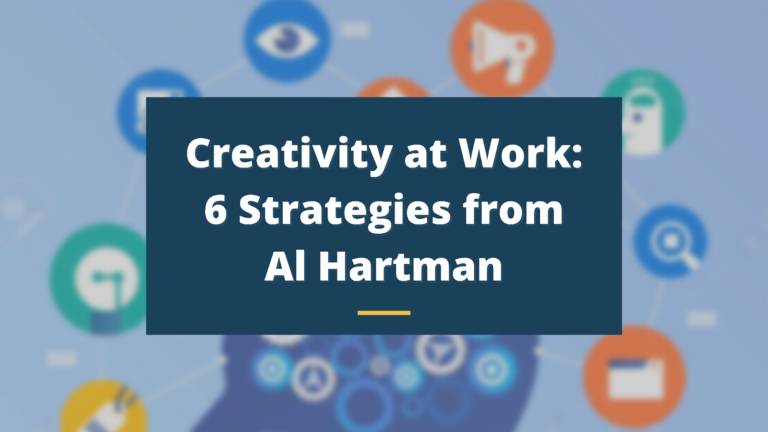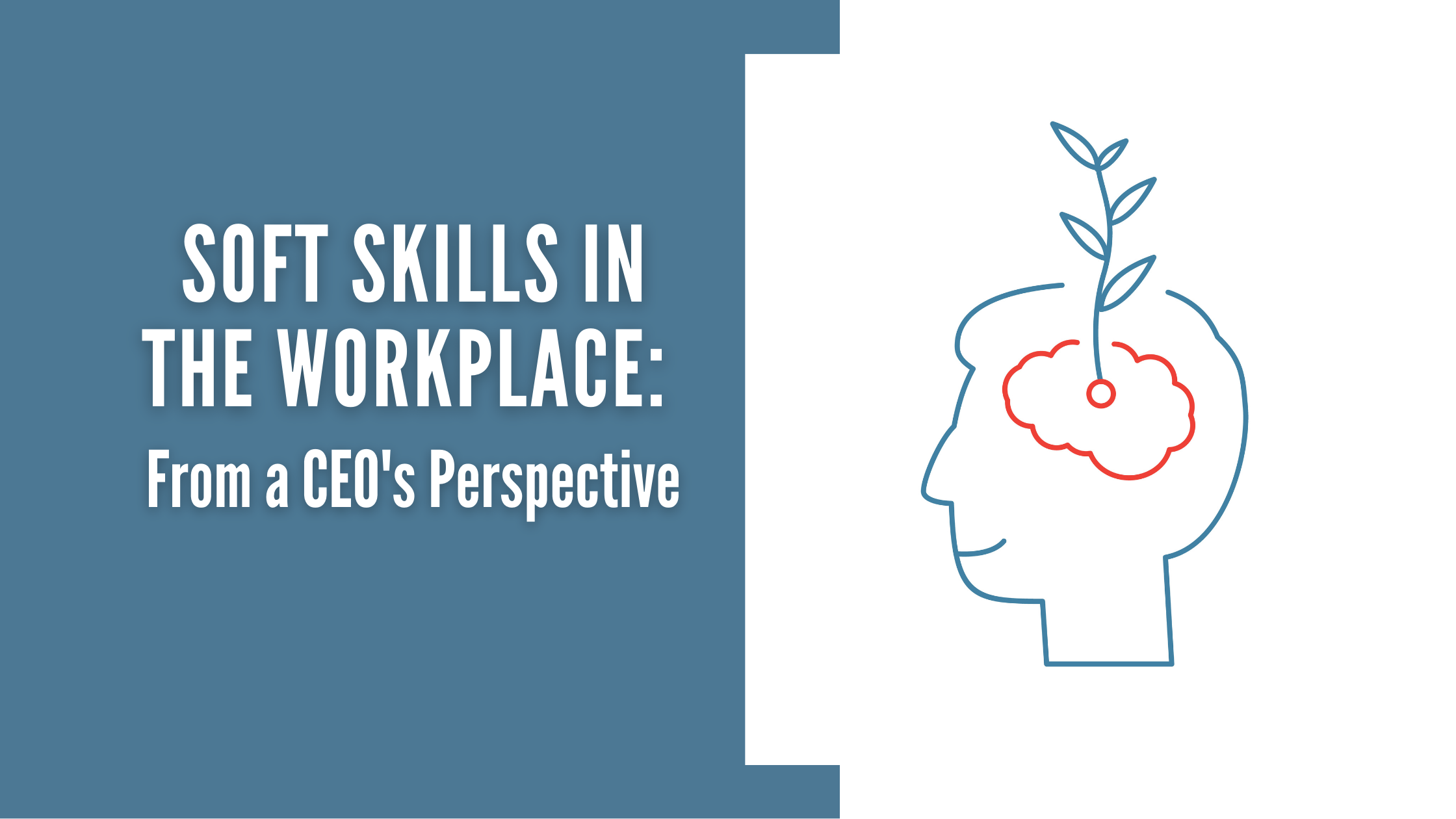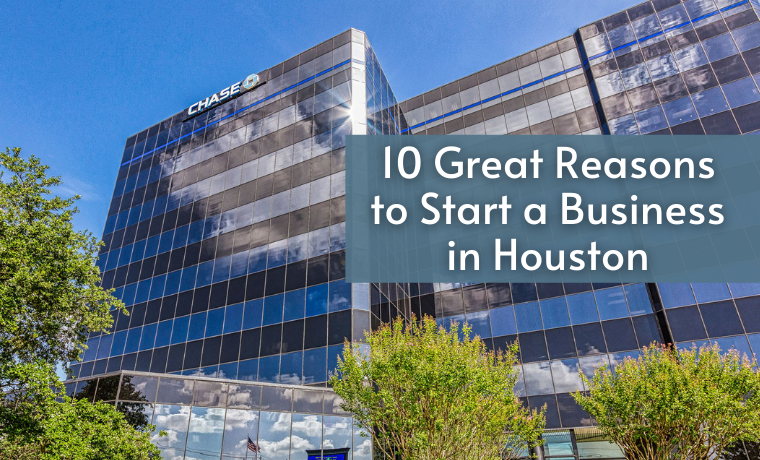Intelligence, aptitude, experience — these are all qualities business leaders typically look for as they build their teams. They are also wonderful qualities to have in the workplace, but they are missing one thing: creativity. Without creativity at work, all of those desirable qualities are like a photograph of a gorgeous sunset in black and white. Team creativity is what brings the color.

Creativity at work leads to innovation at work, and that is what sets a team apart from the rest and makes it successful. But putting your finger on what exactly creativity looks like — and how to foster it — is difficult. That’s why I’m sharing these strategies with you today. I’m going to share with you how creative thinking with my team at Hartman Income REIT Management, Inc. (Hartman), laid the foundation for the success we have experienced over the years.
Signs That Your Team Has Lost Its Creativity at Work
Perhaps you feel that your team hit its creative stride too early and is now falling flat in the team creativity department. Creativity at work is like that sometimes — it ebbs and flows. Recognizing the signs of a dip in creativity in the workplace is the first step in fostering more creative thinking among your team members.
I want you to understand that you are not alone in this feeling. A recent survey of 1,000 corporate professionals in the United States found that 77% of employees have felt burnout at their current workplaces. Make no mistake: burnout kills creativity faster than anything else.
Making matters worse is the ongoing COVID-19 pandemic. Employee burnout appeared to be on the rise when compared to a survey taken before the pandemic first reared its ugly head. Now that employees are beginning to return to offices, we can hope that some of these issues will be alleviated, but there’s no guarantee — managers have to work hard for this kind of relief among employees.
There’s no question that creative burnout is an endemic issue in American workplaces. The real question is whether leaders know how to recognize it. Here are some signs that your team may be experiencing burnout:
- Attention to detail takes a dive. Tasks that were once no problem suddenly become big problems when team members miss critical details and make mistakes. This is a sign that burnout is causing your employees’ minds to take refuge elsewhere.
- Team members doubt themselves. When faced with a new challenge, a thriving, creative team is excited and determined. A burned out team is the opposite: afraid and already resigned to failure.
- Silos become more pronounced. Creativity at work is all about cross-team cooperation and collaboration. If you notice that departments and teams are becoming more insular and less likely to work with one another, you might already have lost some creativity, and you’re certain to lose more.
- Cynicism spreads. A cynical team member is easy to spot. Cynicism is apparent in their words, actions and reactions. For some, this is a personality trait. For others — those who have recently become burned out and lost their creativity — it’s a new feeling driven by disappointment with themselves and their abilities.
- Talent exits the stage. There’s a good chance that the team members you believe have the most talent also have the most creativity. If these people believe they are no longer a part of a team that can spark innovation in the workplace, they will leave.
Enhance Creativity at Work With These 6 Strategies
I have seen creativity at work dip plenty of times over my long career, and I have read about it in countless books for CEOs. I am no longer surprised by it. I am, however, driven to do something about it. The six strategies I rely on to enhance creativity in the workplace are outlined in my book, “The Power of Proven Results,” but I’ll also discuss them below.

1. Help Your Team Members Set Visions for Themselves
Much of the most valuable creative thinking in human history came from a desire to make a vision into a reality. From the development of agriculture to end the struggle of nomadic, hunter-gatherer life to the creation of the internet to connect the entire world, it starts with a vision. And creativity makes the vision real.
Unfortunately, many employees are at a loss when it comes to setting their own long-term goals. That means they need their leaders’ help — your help. You can help by asking questions. What would you like to be doing in five years? If you could change one thing about your work, what would it be? Those kinds of questions.
2. Hold Daily Team Huddles
Creativity and innovation in the workplace require connection. Much like a fruit with no connection to the roots that sustain it cannot grow, creativity at work cannot grow if team members aren’t connected with one another.
This connection needs to happen on a daily basis. My answer to this need: hold daily team huddles. These are brief, rapid-fire meetings in which each team member discusses their six most important tasks for the coming day. These quick connections can produce unparalleled results.
We can see the effectiveness of connection in the workplace in examples like Skandia, the Swedish insurance company. This highly successful company has built a strategic planning unit that includes team members from different age groups. This is a calculated plan to spark discussion and disagreement that leads to innovation in the workplace, and it has played a part in the company becoming a $7 billion enterprise.
3. Have Regular One-on-One Meetings
To be both productive and creative, employees need regular meetings with their supervisors. The concept is simple, but the results are incredible. By connecting with your employees one-to-one, you show them that you are listening, you expect them to be productive and you care about their success. In turn, employees work harder and smarter so they have more to say at the next one-on-one meeting.
The evidence behind this strategy transcends the anecdotal. Showing your employees that you care in one-to-one meetings tells them that you are emotionally intelligent. And when they see you that way, they feel more positively about their work and engage in more team creativity and innovation as a result. That’s according to a survey of more than 15,000 workers in the US.
4. DARTs
I’m not talking about the popular bar-side game here, but this concept will certainly help your team hit the bull’s eye on team creativity. DART stands for “Delivery, Accountability, Responsibility, and Timing,” and it’s the way our teams at Hartman schedule our goals.
Derive your team’s DARTs from the bigger-picture ideas, concepts and goals. Identify the steps that the team must take to accomplish these big ideas. Then, someone on the team must take responsibility for that goal. They and their collaborators must then set a timeline and method for delivery of the goal. This is the DART, and it provides a framework that fosters creativity at work.
5. Vision Mapping
If you zoom out from DART-level planning, you quickly see the bigger picture of what your team wants and needs to accomplish. You can and should take control of this bigger picture by creating a vision map.
Vision mapping can happen at both the company level and department level. Don’t let those creating the vision maps get bogged down in the questions of “how” the vision map will become a reality — that comes later. Instead, focus on the “what” and “why”: what they want to happen and why.
With completed vision maps in hand, team leaders can then identify the major steps within each map. We call these “rocks.” This is where creativity comes into play. Your team will have to get creative to build a vision map and complete the steps it entails.
6. Indulge in a Little SPA Time
If we’re honest with ourselves, we know that the last 15 to 30 minutes of the workday is not prime time for productivity or creativity. This is when employees start thinking about their evenings at home. They check their email, wrap up what they’re working on and check out. This is a wasted opportunity.
At Hartman, we take a different approach. We call it “SPA Time” — Strategic Planning Appointment Time. It involves four key steps:
- Write down all of the tasks you have received during the day.
- Review your meetings and other appointments for the next day and ensure they’re on your calendar.
- Write down your top six tasks to complete the following day.
- Rank each of the six tasks in order of importance.
That way, the next day begins with a defined strategy. No time is wasted figuring out what’s on the agenda. The agenda is already set in stone. That leaves more time to spend on team creativity.
What to Do When Team Creativity at Work is Low?

What if you’re doing everything right but still struggling to spark creativity in the workplace? It happens, and I believe it comes down to the managers. Managers are the primary influence on the ability of any team to be creative and innovative. If you’re struggling to understand the root cause of your team’s lack of creativity, I suggest you take a step back and look inward.
What are you doing that might kill team creativity? To find the answer, ask yourself the following questions:
- Am I matching employees with challenges that are appropriate for their skills and abilities?
- Am I giving employees enough freedom to determine the process they should use to accomplish organizational goals?
- Am I giving my team enough time and money to creatively solve problems and reach goals?
- Am I fostering working groups that have diverse skill sets, outlooks and approaches?
- Am I setting aside enough time to encourage my team and congratulate them on their successes?
- Am I rousing support for my team members at all levels of management and not just my own?
If your answer to any of these questions is no, invest in turning the no to a yes. You’re sure to see your team’s creativity improve as a result. If creativity at work is still falling short, consider the working environment itself.
It’s All About the Environment

In all this wonderful creativity-building you’ve been doing, have you taken a moment to consider the actual environment in which your employees are working? In truth, creativity can happen anywhere and at any time, but it’s much more likely to happen in the proper environment.
A good working environment has a direct and measurable impact on an employee’s ability to perform at a high level. The problem is that what you consider a good environment may not be so good for everyone on your team. For example, some employees may thrive when they have the flexibility to work from home — either a couple of days per week or all the time. Also consider the office space. Are the desk chairs comfortable? Is it crowded? How’s the lighting? Is there a distracting amount of noise?
All of these environmental factors can affect your team’s ability to show creativity at work. If you see an opportunity to make positive changes to the working environment, take it. It can only help your team’s creativity at work get better.
Fostering Creativity at Work
Fostering creativity at work is a daily task. Each day, you are presented with a new opportunity to help your team be more creative. The other side of that coin, unfortunately, is that creativity can dissipate at a moment’s notice. It’s up to you to keep it alive.
By helping your team set goals, map visions, break tasks into manageable pieces and engage with each other and their managers, you are doing what it takes to keep creativity in the workplace strong. But always remember that your team members are human — set reasonable expectations and plan for creative dry spells. With the strategies I have discussed above, you can always get your team’s creativity back to where it needs to be.
To hear more from me on creativity, innovation in the workplace and plenty of other topics, check out my monthly CEO letter or read my book.





